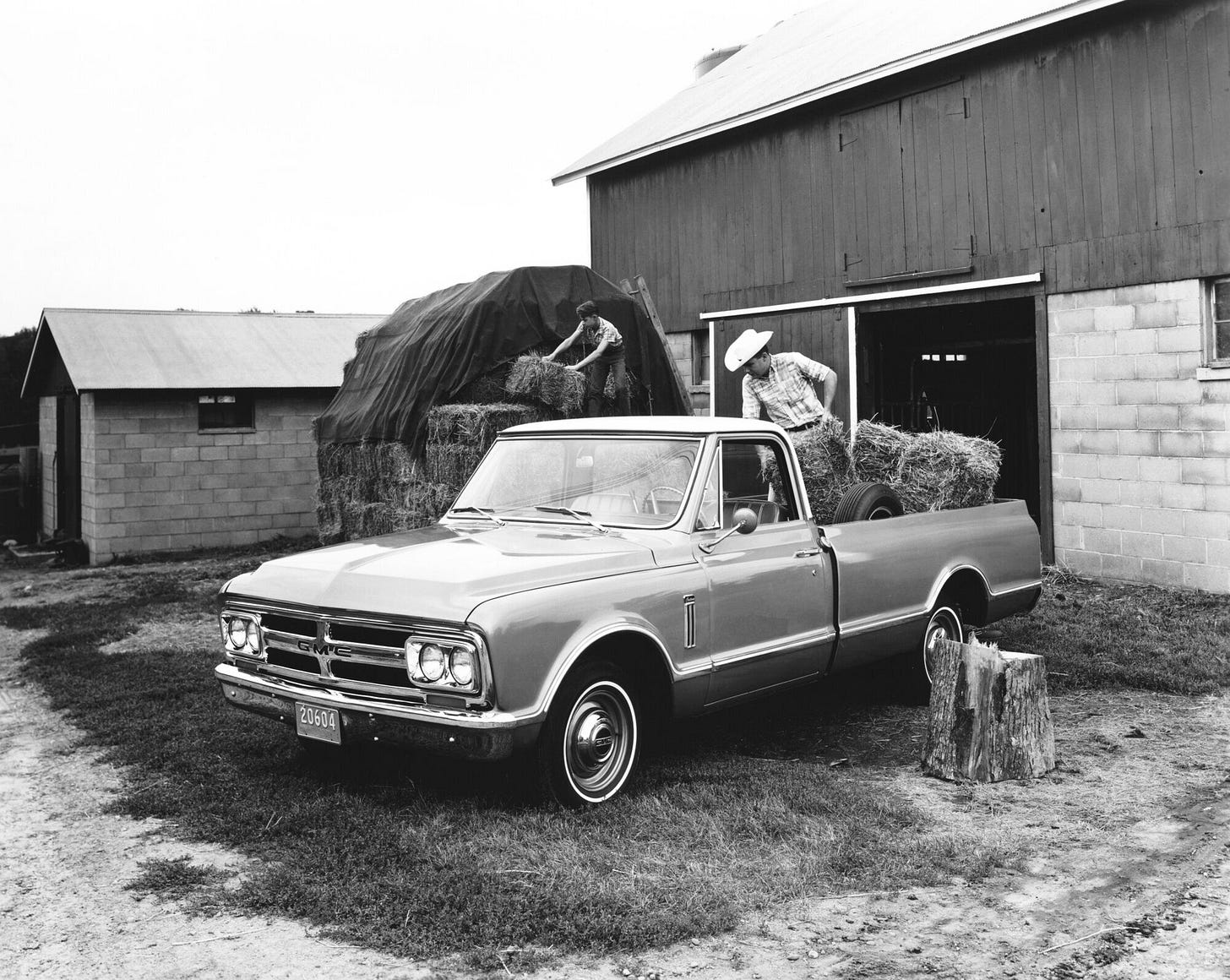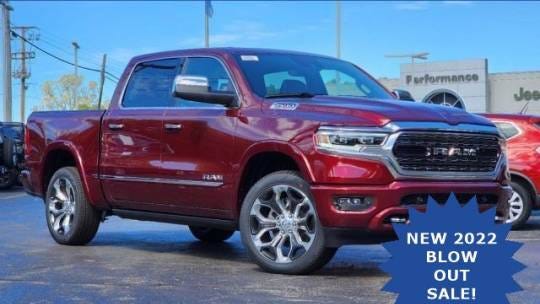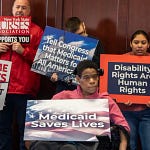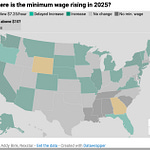Although this post goes out to both free and paid subscribers, if you are not already a paid subscriber, take the opportunity to upgrade to paid, right now. Thanks!
“City planners must recognize that we all should be able to walk or ride a bicycle through our own neighborhood without fearing for our life.” The New York Times, April 26, 2023.
In the last few months, every news outlet has been writing about the alarming rise in pedestrian deaths—it almost has become a “thing”. But the National Highway Traffic Safety Administration (NHTSA) chart, above, shows that pedestrian fatalities have been trending upward for over a decade.
Although researchers and transportation safety administrators have pointed to a few general reasons for this increase, like more people driving larger, taller, heavier vehicles with gaping blind spots, less pedestrian friendly infrastructure, and pedestrians themselves becoming less careful, the pedestrian fatalities’ spike may be related to a larger issue.
But first, let’s explore the wild increase in otherwise normal urban dwellers purchasing behemoth trucks in place of regular-sized, family cars. According to the National Automobile Dealers Association (NADA):
Light trucks accounted for 79.2% of all new vehicles sold in 2022, up 1.6 percentage points compared with 2021. Crossovers remained the most popular segment, representing 45.2% of all new light-vehicles sold.
This is an example of what a truck looked like in 1967…and how it should be properly used.
This is a 2022 RAM 1500 “truck” for sale today, just outside of Columbus, Ohio. It is soon to cart innocent children to school and sporting events, and take up three parking spaces at the local Walmart.
According to a 2021 article in Bloomberg News:
Vehicles of this scale saddle their drivers with huge front and rear blind zones that make them perilous to operate in crowded areas…Since 1990, U.S. pickup trucks have added almost 1,300 pounds on average. Some of the biggest vehicles on the market now weigh almost 7,000 pounds — or about three Honda Civics.
Interestingly, this article is written by Angie Schmitt, who wrote a book published in 2020 titled, “Right of Way: Race, Class, and the Silent Epidemic of Pedestrian Deaths in America”. She might know something about the larger issues related to an increase in pedestrian deaths, in addition to her takedown of our proclivity for massive vehicles.
It seems that all things negative: pollution of all types, crime, lower quality schools, food “deserts”and lack of doctors and medical facilities, among many other problems, concentrate in poor and minority neighborhoods. In fact, statistics from a 2021 Pew Research study confirm that pedestrian deaths occur at higher rates in these same, lower income areas. According to a recent NYTimes article, “Dangerous streets are concentrated in minority neighborhoods…”. And what makes a street dangerous are a lack of designed-in safety features like wide sidewalks with trees, clearly marked crosswalks, traffic lights, and speed bumps and roundabouts to slow down traffic.
Instead, the types of streets found in poor and minority neighborhoods are much more like highways—designed to get fast-driving cars through as quickly as possible. And this was also by design:
Planners of the interstate highway system, which began to take shape after the Federal Aid Highway Act of 1956, routed some highways directly, and sometimes purposefully, through Black and brown communities. In some instances, the government took homes by eminent domain. NPR, April 7, 2021
The upside is that the federal government has allocated about $5 billion dollars over a five year period from last year’s infrastructure bill, to help state and local communities improve the safety of their roads and other infrastructure for drivers, cyclists and pedestrians. NPR interviewed Secretary of Transportation, Pete Buttigieg, earlier this year to discuss how the money will be allocated and the expected results. Hundreds of communities should receive planning grants and dozens more will receive construction grants that will build safer roads and thus safer communities.
But I wonder: Does this sound like enough money and appropriate distribution of funds given the supposed reasons behind these fatalities?
I’ve written a few times about the related issue of rising car crash fatalities and separately, the compelling idea that there are “no accidents”. Rather, these types of tragedies are caused by adverse socio-economic conditions.
Car crashes, cyclist and pedestrian fatalities are each on the rise in the last dozen years or so, with pedestrian deaths getting renewed attention because the spike is the largest in 40 years, with an average of 20 pedestrians killed each day by motor vehicles. And there is a lot of blame to go around, from the increasing size and design of the average automobile or truck, drivers who are more likely to flaunt traffic rules post-pandemic to the location and design of sidewalks and roads. But the federal government has recognized the problem and is supplying funds for local communities to design and execute improved safety standards for roads and related infrastructure.
What else can be done? Perhaps explore and treat the underlying reasons why drug and alcohol use has increased, and so many people find it necessary to take potentially deadly drugs, like fentanyl, to get through their days. Why do the majority of us feel the need to buy massive vehicles, more suitable to war than urban traffic or the suburbs? Or for that matter build ever-larger and more imposing homes?
And do I need to point out that we are in the throes of a climate crisis that is caused by our over consumption of resources — the very resources needed to build these gigantic trucks and McMansions, yet we not only allow but encourage them to be built and purchased. To save our planet, should we regulate the size and types of polluting vehicles sold, and the size of homes eligible for federal backed mortgages, like we regulate mpg on vehicles?
Let me know how you feel about these issues and anything else you feel like talking about in the Comment Section below.
If you are not already a subscriber, why not take this opportunity to join our community with a free or paid subscription? A new paid subscription or an upgrade from a free to paid subscription will allow me to expand this newsletter with additional, primary source information, like interviews and public information requests, and expanded podcast offerings to include real, live guests. Although I won’t be going on strike any time soon, the current TV writer’s strike demonstrates that writer’s deserve to be paid, and paid well for their work, just like any other profession. Thank you in advance for your financial support of my writing!
















Share this post